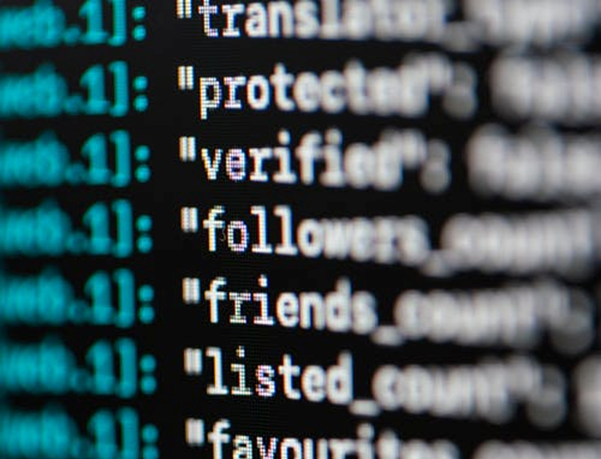6 Ways to Improve Your Machine Learning Workflows’ Security
Artificial intelligence has become a big part of our lives for the past few years. The global machine learning market was worth $8.43 billion in 2019.
A machine learning workflow uses multiple artifacts to train data, create ML models, and generate results. With the AWS Identity and Access Management system (IAM), companies can effectively manage the access provided to AWS services and resources.
However, to ensure that intruders don’t access these services, here are six ways to increase the security of your machine learning workflows:
1. Launch Machine Learning Instances in a VPC
The best way to secure your ML workflow is by establishing an isolated compute and network environment. Amazon SageMaker is one of the ML instances used by developers. While it doesn’t provide access to inbound authorities, outbound access can often be a threat by third-party software.
Prevent this from happening by using a VPC for launching your notebook instance. It will create a stronger defense system against third-party threats.
2. Control Access to ML Artifacts Thru Least Privilege
As mentioned previously, ML workflow uses several artifacts to use and produce data. These artifacts are confidential as they contain personally and commercially valuable data.
Protect these artifacts by providing the least privilege when required to perform a task. This will help limit any unnecessary and unintended access while helping you audit who has access to the resources.
3. Data Encryption
Data encryption is essential when you’re looking for protection or unauthorized access to your data and model artifacts. The key is to encrypt data when it’s in transit and also when it’s at rest.
4. Use Secret Manager For Credential Protection
When accessing data for training purposes, novice data scientists might mistakeably embed the credentials in code, which means it’s now visible to any third party.
With AWS Secrets Manager, you can sort the credentials and then grant permission to the SageMaker IAM to allow access to it when needed.
5. Monitor Model Output and Input
Once your ML model has been deployed, monitoring its input and output is essential. The model can produce inaccurate predictions due to the differences in the input it receives and the statistical nature of the data used to train it.
Amazon SageMaker Model Monitor is the best tool to monitor the output and input of your mode. It helps you detect any drifts in the data and the model’s performance and brings it to your attention with alerts.
6. Version Control on Model Artifacts
Using version control to track codes and other model artifacts is the best measure you can take to keep your ML’s workflow secure. If somehow your artifacts are deleted or modified, version control can take you back to the previous stable release, whether deliberately or accidentally.
Ready to Secure Your ML Workflow?
If you think you’re ready to initiate the process of making your machine learning workflow safe, get in touch with Continuum Innovations. We are a one-stop solution to all your cloud problems and provide businesses with Princeton’s best AWS cloud services.
Whether you’re searching for an Amazon Web Services provider or need AWS analytics services, visit our website and let our team take care of the rest!


